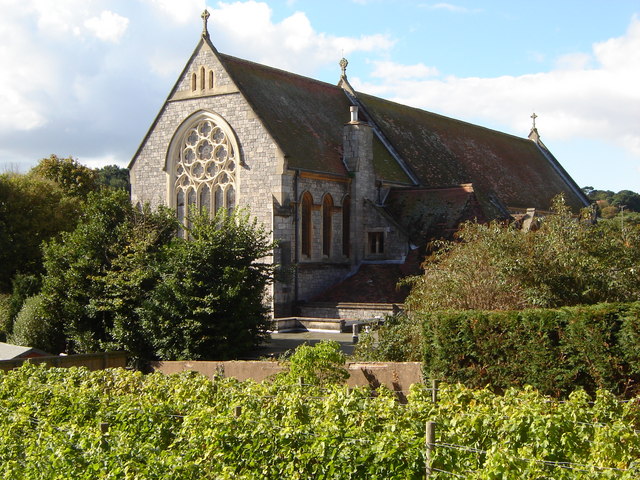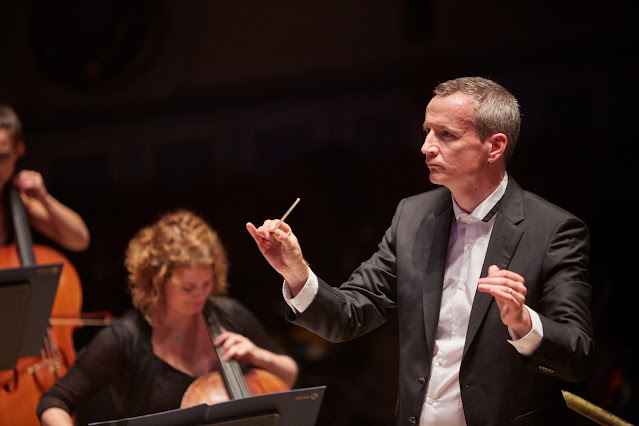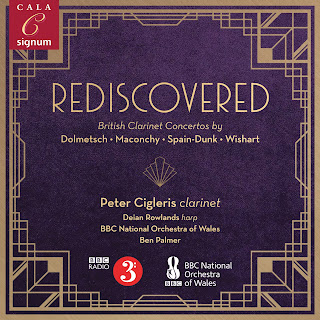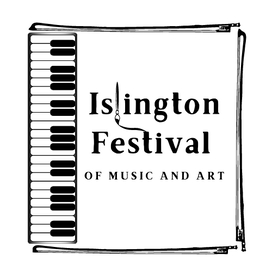It is heartening to see smaller festivals coming back to life and announcing (careful) plans, selecting larger venues, doing outdoor gigs, shortening concerts and such. Two that popped into my inbox this week are the Budleigh Music Festival which takes place in the East Devon town of Budleigh Salterton from 9 to 17 July 2021, and the Beverley and East Riding Early Music Festival (organised by the National Centre for Early Music in York) which takes place in and around Beverley in Yorkshire from 28 to 30 May 2021 (and online from 5 to 6 June 2021).The Beverley and East Riding Early Music Festival is featuring live concerts in May, but there will be only a limited number of tickets on public sale because of limitations in numbers (due to social distancing) and the festival honouring the bookings of all those from last year's cancelled festival. However all the concerts will be available via a special digital festival in June.
The festival opens with Stile Antico in Toward the Dawn, a programme that moves from Allegri to Nico Muhly, sung in the splendour of Beverley Minster [where my eldest two uncles were christened]. Other performers include Alva (Vivien Ellis voice, Giles Lewin fiddles, bagpipes, Leah Stuttard medieval harps) in Angels in Architecture, La Serenissima with recorder player Tabea Debus, solo violinist Kati Debretzeni in Through the Eye of a Lense, a virtual tour of Europe through the “lens” of a violin, and Ex Corde, director Paul Gameson, in Heaven on Earth: Thomas More’s Utopian Dream, with music by Robert Fayrfax and Josquin des Prez, plus the premiere of a commission by Christopher Fox inspired by Thomas More’s vision.
Also taking place over the weekend are the hugely popular Ballad Walks, led by Vivien Ellis, brimming with songs and stories from the streets. The tales span 800 years of history and reveal Beverley’s sometimes murky past as well as the fascinating tales of some of the inhabitants.
All five concerts will be filmed and available online, with an added bonus of many exclusive treats. Historian David Neave will talk about the Pilgrims of the East Riding who left these shores in 1638 to set out for a new, and better, world in the America, Stile Antico share the music of the period through a specially commissioned film and John Bryan, Emeritus Professor of Music at the University of Huddersfield, will introduce the festival from the Rococo splendour of Beverley Guildhall.
Full details from the National Centre for Early Music website.
 |
St Peter's Church, Budleigh Salterton
venue for the 2021 Budleigh Music Festival
|
In Budleigh Salterton the festival is opening with tenor Daniel Norman, pianist Sholto Kyoch and the Brodsky Quartet in their performance of RVW's
On Wenlock Edge with Jeremy Hamway-Bidgood's animated film [see
my review from the Oxford Lieder Festival] plus music by Ravel and more. Then the next night Jess Gillam and her band arrive in town with music by Luke Howard, Piazzolla, Joby Talbot and Kurt Weill. The festival finale is a recital by baritone Sir Willard White in arias from his greatest roles alongside songs from the shows and a few surprises.
In between there are recitals from pianist Peter Donohoe, in Schubert, guitarist Craig Ogden and accordionist Milos Milojevic, rising star violinist Coco Tomita with pianist Simon Callaghan, and a series of young musician lunchtime recitals from pianist Alex Wilson, oboist Ella Leonard, violinist Rachel Stonham, pianist Clara Sherratt, percussionist Meadow Brooks, and recorder player Eliza Haskins with Toril Azzalini-Macheler (percussion).
Less traditional is Colourscape, an interactive walk-through labyrinth of colour, light and music. Held on The Green, it is a family-friendly experience which brings a new element to the Festival, offering visitors the chance to walk into a new world of radiating colour filled with music and dance.
Full details from the festival website.
































%20Ali%20Wright.jpg)

%20Ali%20Wright.jpg)





